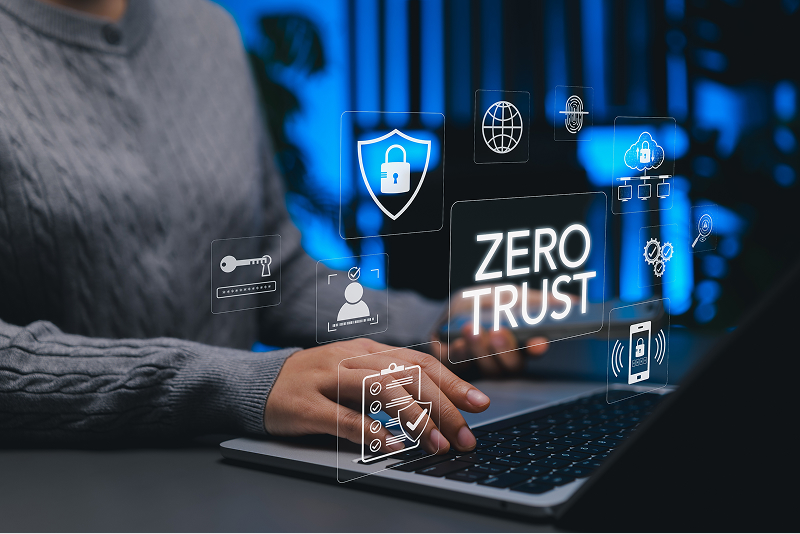Zero Trust Security Models Gain Urgent Momentum as Cyber Threats Surge

Zero Trust Security Models are seeing an unprecedented surge in adoption as enterprises worldwide confront a spike in sophisticated cyberattacks. In the last year, organizations across finance, healthcare, and public sectors have accelerated Zero Trust rollouts to strengthen identity verification and limit lateral movement. This shift is driven by rising ransomware threats, stricter regulatory pressures, and the need for resilient security frameworks in hybrid work environments.
Why Zero Trust Is Becoming Essential
The traditional perimeter-based security model—where anything inside the network was treated as “trusted”—has weakened drastically in the era of cloud-first operations and remote work. Over the past few years, high-profile data breaches, credential theft incidents, and endpoint vulnerabilities have highlighted how attackers easily bypass outdated security architectures. Global cybersecurity guidelines now consistently position Zero Trust as a foundational requirement.
Key Developments Driving Adoption
A growing number of governments and enterprises have formally mandated Zero Trust frameworks across digital infrastructure. Industry assessments highlight a double-digit increase in Zero Trust spending as companies reconfigure networks, authentication layers, and access controls. Security leaders note that the rise of AI-generated attacks has further accelerated the need for continuous verification, micro-segmentation, and strict identity governance. Analysts also point toward a significant shift in vendor strategies, with major cloud providers rolling out new Zero Trust-aligned features for identity, APIs, and application security.
What Zero Trust Really Means
At its core, Zero Trust operates on a simple principle: never trust, always verify.
Instead of assuming a user or device is safe once inside the network, every access request is evaluated continuously based on identity, device health, behavior patterns, and contextual risk.
Think of it as moving from a “single lock on the front door” to “multiple smart locks throughout the house,” each validating who you are and what you can access—every time.
Why This Matters Now
For businesses, Zero Trust reduces attack surfaces dramatically and prevents attackers from moving freely even if they compromise one device or credential. For consumers, it leads to stronger data protection and fewer chances of mass identity theft. Industry-wide, this shift promises greater resilience as digital ecosystems become more interconnected—from cloud apps to IoT devices and AI-powered services.
Challenges & Limitations
Despite its benefits, Zero Trust remains complex and resource-intensive to implement. Many organizations struggle with legacy systems that are not built for granular access controls. Costs associated with identity platforms, endpoint management, and network overhauls can be significant. Experts also warn against “Zero Trust washing,” where vendors use the term loosely without offering true Zero Trust capabilities.
Future Outlook
Industry analysts project rapid expansion of Zero Trust frameworks, with automation, AI-driven risk scoring, and behavior analytics becoming core components. Governments are expected to push stricter compliance standards, while enterprises adopt unified identity infrastructures. As cyber threats become more adaptive, Zero Trust will likely evolve into a baseline requirement for digital operations rather than a specialized security strategy.
Conclusion
Zero Trust Security Models are no longer optional—they’re becoming a global necessity. As digital systems grow more distributed and threats more advanced, continuous verification and identity-first security will shape the future of cybersecurity for businesses and individuals alike.